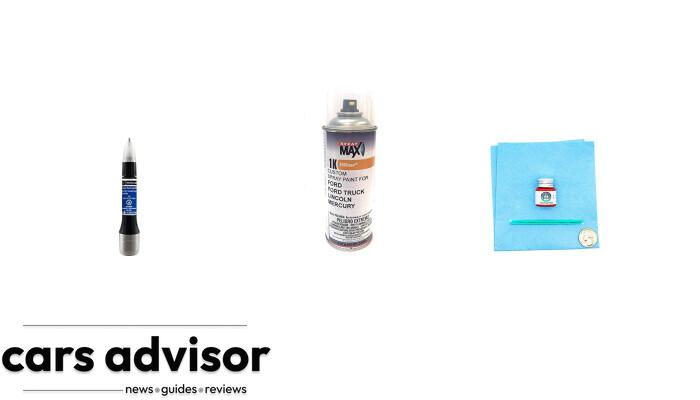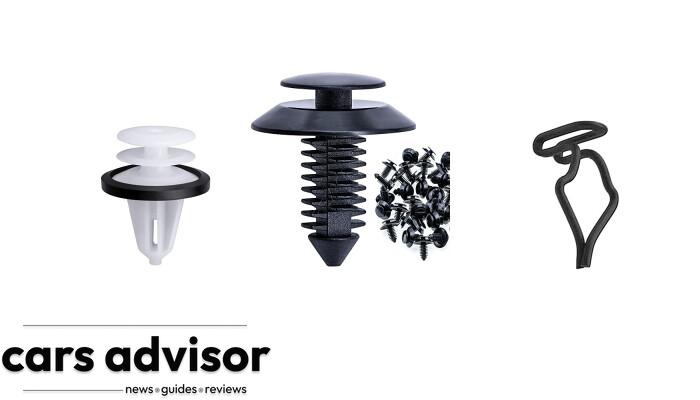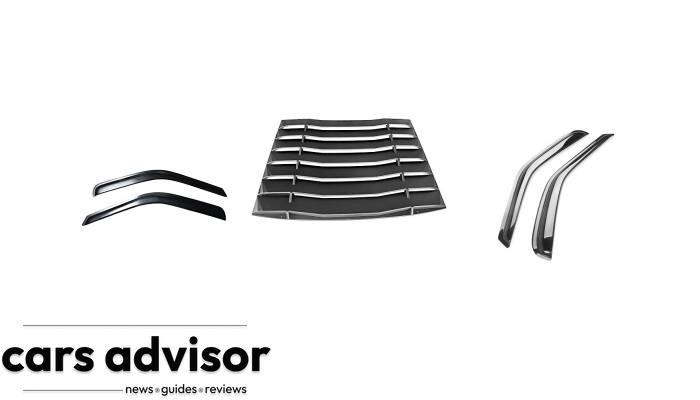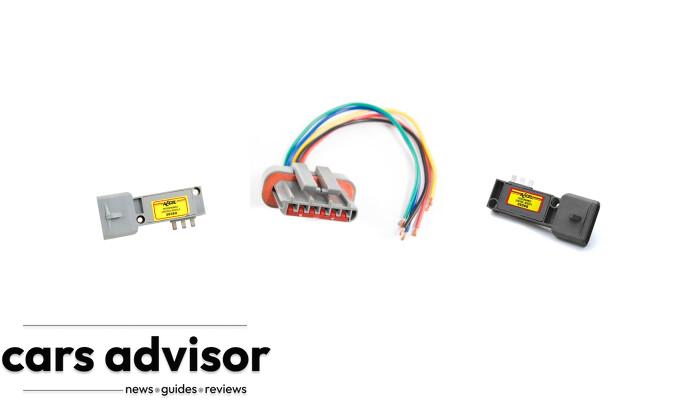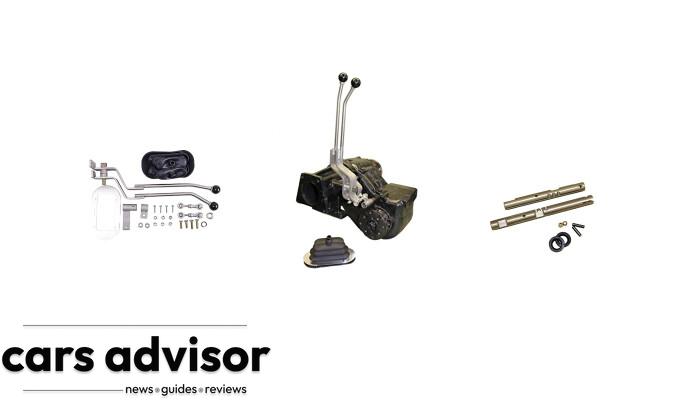The performance and health of your vehicle rely on various components working in harmony, including the often-overlooked catalytic converter.
As you cruise down the road, you must recognize overheated catalytic converter symptoms that could compromise your engine’s efficiency and contribute to air pollution.
In this comprehensive blog post, we’ll break down the signs of a struggling catalytic converter, its importance in maintaining optimal engine performance, and how you can prevent or address these issues – ensuring a smooth ride every time!
Buckle up and keep reading for must-know information about this critical component.
Understanding The Catalytic Converter And Its Importance
A catalytic converter is a vital component of your vehicle’s exhaust system, designed to reduce harmful emissions and improve overall air quality.
Found between the engine and the muffler, it converts toxic gases like carbon monoxide, nitrogen oxides, and hydrocarbons into less harmful substances such as water vapour, nitrogen gas, and carbon dioxide before exiting the tailpipe.
This essential device plays a crucial role in meeting environmental regulations set by various governments worldwide.
Maintaining a healthy catalytic converter goes beyond just adhering to legal requirements; it also impacts your car’s performance and efficiency.
A malfunctioning or overheated catalytic converter affects critical aspects of engine function, such as acceleration power, fuel economy, and emissions levels.
Ignoring any potential problems with this component can lead to serious consequences for you and your vehicle over time.
For example, ignoring symptoms like reduced acceleration due to clogging may lead to poor driving experience and decreased fuel efficiency since your engine has to work harder than usual.
When functioning correctly, a good-quality catalytic converter should last around 100000 miles or more without significant issues arising from wear and tear on its internal components.
However, exposure to contaminants in low-quality fuels or oil can significantly shorten this lifespan leading to common problems such as excessive heat buildup, causing an overheating issue that melts the substrate inside the device.
Making sure that you use high-quality fuel and oil paired with regular maintenance checks can help prevent these roadblocks from affecting your car’s health while keeping our environment cleaner at the same time.
Overheated Catalytic Converter Symptoms
Some symptoms of an overheated catalytic converter include loss of engine power, sulfur smell, and a check engine light coming on. Read on to learn more about the causes and solutions for an overheated catalytic converter.
Loss Of Engine Power
One of the most common symptoms of an overheated catalytic converter is a loss of engine power. As the converter becomes clogged, exhaust flow is restricted and makes it harder for gases to escape.

This causes back pressure in the engine, leading to decreased acceleration and reduced power output.
If your vehicle’s acceleration has become sluggish or you’re having difficulty reaching high speeds, it could be due to an overheating catalytic converter.
Additionally, if your car feels like it’s struggling when going uphill or carrying heavy loads, it could also indicate a problem with your catalytic converter.
It’s important to address these issues promptly, as they can further damage your vehicle if left untreated.
Some other symptoms associated with a failing or clogged catalytic converter include sulfur smell and excessive smoke emission, check engine light coming on, poor fuel economy and increased emissions.
If you suspect any issues with your catalytic converter based on these symptoms or other signs, such as rough idling or stalling at low speeds, consider bringing your car for a diagnostic test before starting repairs or replacement to ensure proper diagnostics.
Sulfur Smell And Excessive Smoke Emission
When a catalytic converter overheats, it can produce a strong sulfur smell and excessive smoke emission from the exhaust.
This happens when the substrate in the catalytic converter melts due to high temperatures, causing blockage of the exhaust flow.

The clogged catalytic converter restricts airflow, leading to an over-rich fuel mixture and incomplete combustion.
This phenomenon results in higher-than-normal emissions that could fail environmental tests, cause increased air pollution, and trigger the check engine light.
Additionally, continued use of a faulty catalytic converter leads to reduced fuel efficiency and poor engine performance that could result in stalling or rough idling.
Therefore, it’s crucial to identify these symptoms immediately through regular inspection and maintenance of your vehicle’s exhaust system components.
Replacing or upgrading your failed or inefficient catalytic converter is necessary for preventing further damage, such as damaged spark plugs or oxygen sensors that may result from improper combustion due to malfunctioning converters.
Suppose you notice any sulfur-like odours from your car’s tailpipe during startup or while driving or experiencing smoke emissions.
In that case, taking immediate action by consulting with professional mechanics for prompt measures before things worsen beyond repairable status is highly recommended.
Overheating Engine
An engine that runs hotter than usual is one of the most obvious symptoms of an overheated catalytic converter. This happens because a clogged converter restricts the exhaust flow, leading to increased backpressure and heat build-up in the engine.
When this happens, you may notice your temperature gauge reading higher than normal or steam coming under your hood.
Ignoring an overheating engine can lead to serious problems like reduced performance and engine failure over time. One way to prevent this is by promptly addressing issues with your catalytic converter.
Clogged or damaged converters should be replaced as soon as possible, while regular maintenance, such as checking for exhaust leaks, can help identify potential problems before they cause significant damage.
You’ll enjoy better fuel efficiency and longer-lasting engine performance by taking proactive steps to keep your vehicle’s catalytic converter in good condition.
Check Engine Light Comes On
An overheated catalytic converter can trigger the check engine light to come on. This is because the onboard computer system will detect an issue with the exhaust emission control system, which includes the catalytic converter.
The check engine light can also be triggered by other issues related to the catalytic converter, such as a clogged or damaged substrate.
If the check engine light comes on due to an overheated catalytic converter, it is important not to ignore it.
Driving your vehicle in this condition could cause irreparable damage and result in costly repairs. Instead, take your car to a mechanic who can diagnose and fix the issue promptly.
In some cases, fixing an overheating catalytic converter may involve replacing it altogether. However, if caught early enough, there are methods available that can fix minor overheating issues without having to replace anything at all.
As always, regular maintenance and inspection of your vehicle’s systems can help prevent these problems from occurring in the first place.
Poor Fuel Economy
Another symptom of an overheated catalytic converter is poor fuel economy. A bad catalytic converter can cause a decrease in fuel efficiency, which means that you will need to fill up the gas tank more frequently than usual.
This happens because the converter’s substrate gets clogged with harmful emissions and restricts exhaust flow, making it harder for the engine to work efficiently.
Notice a significant drop in your car’s MPG (miles per gallon), especially if combined with other symptoms like sulfur smell or engine power loss. It might be time to get your catalytic converter checked by a professional mechanic.
Ignoring this issue can lead to further damage to your engine and result in expensive repairs later on.
Upgrading to a more efficient catalytic converter or simply maintaining and inspecting your current one regularly can prevent this problem from happening.
Using high-quality fuel and oil, fixing exhaust leaks or replacing damaged parts promptly are simple ways of ensuring better fuel efficiency and avoiding costly problems.
Causes Of Overheating Catalytic Converter
The causes of an overheating catalytic converter include engine misfires, clogged or damaged converters, exhaust leaks, and poor-quality fuel or oil – keep reading to learn how to prevent these issues.
Engine Misfires Or Running Rich
Another common cause of an overheated catalytic converter is engine misfires or running rich. When the engine misfires, it causes unburnt fuel to enter the exhaust system and reach the catalytic converter.
This increases temperatures inside the converter and can eventually cause it to fail. Running rich means that too much fuel goes into the engine, leading to high temperatures in the catalytic converter and decreased fuel efficiency.
If you notice your vehicle has reduced acceleration power or a rough idle, it could be a sign of engine misfires or running rich caused by a faulty catalytic converter.
A failed oxygen sensor may also play a role in these symptoms since it helps regulate the air/fuel mixture entering the engine.
It’s important to promptly address any issues with your vehicle since ignoring them can lead to more significant problems.
Regular maintenance and inspections are essential for keeping your catalytic converter functioning correctly and preventing overheating issues like this.
Using high-quality fuel and oil ensures optimal combustion within your engine, minimizing emissions produced by an inefficient system.
Clogged Or Damaged Catalytic Converter
One of the main causes of an overheated catalytic converter is a clogged or damaged substrate. The catalytic converter’s job is to convert harmful gases like carbon monoxide, nitrogen oxide, and hydrocarbons into less harmful ones like carbon dioxide and water vapour.
When the substrate inside the converter becomes clogged due to excessive buildup of pollutants or damage from hitting a speed bump too hard, it restricts the exhaust flow and leads to overheating.
Symptoms include reduced acceleration power, increased emissions, poor engine performance, and sulfur smell.
It’s important to address these symptoms promptly, as prolonged operation with a clogged or damaged catalytic converter can cause irreversible damage, such as substrate melting.
Some DIY methods for unclogging include soaking in a mixture of hot water and detergent or using fuel additives specifically designed for this purpose.
However, if your catalytic converter is severely damaged, replacement may be necessary, which can cost several hundred dollars, depending on your vehicle’s make/model.
If you suspect issues with your catalytic converter, consult an experienced mechanic who can properly diagnose problems related to this crucial part of your vehicle’s emission control system.
Exhaust Leaks
Exhaust leaks can also cause an overheated catalytic converter. When there is a leak in the exhaust system, air enters through the leak and disrupts the proper flow of gases required for efficient catalytic converter operation.
The lack of proper airflow leads to insufficient cooling, which eventually causes the substrate to melt and clog the converter.
It is important to identify any signs of exhaust leaks early on and fix them promptly. Some typical symptoms include hissing noises underneath the car, vibrations felt in the steering wheel or seats while driving, or strong odours from under the hood.
Fortunately, repairing exhaust leaks is usually a straightforward process that involves replacing damaged flex pipes or flanges and tightening up loose connections between various components of your vehicle’s exhaust system.
In conclusion, it is crucial not to overlook any symptoms related to an overheating catalytic converter as they could be caused by underlying issues such as exhaust leaks.
Regular inspections are vital for detecting these problems early enough before they become serious concerns leading to costly repairs later on down the line.
Poor Quality Fuel Or Oil
Using poor-quality fuel or oil can also contribute to an overheated catalytic converter. If the fuel has a high sulfur content, it can quickly wear down the substrate in the converter and cause clogs.
Additionally, using low-quality motor oil can result in a buildup of the catalysts inside the converter, which impairs their effectiveness.
Choosing high-quality fuel and oil for your vehicle is important to avoid these issues. Look for gas with lower sulfur content and oils that meet the manufacturer’s recommendations.
Regularly changing your oil at recommended intervals will also help prevent buildup on your catalytic converter.
By caring for your car’s fuel and oil needs, you can reduce the risk of an overheating catalytic converter and prolong its lifespan. Don’t skimp on quality regarding materials that keep your engine running smoothly!
Prevention And Solutions For An Overheated Catalytic Converter
To prevent an overheated catalytic converter, it is important to perform regular maintenance and inspections, use high-quality fuel and oil, fix exhaust leaks promptly, and upgrade to a more efficient catalytic converter.
Regular Maintenance And Inspection
Regular maintenance and inspection are crucial to ensure your catalytic converter’s longevity and prevent overheating.
Here are some tips for maintaining your catalytic converter:
- Check engine oil and coolant levels regularly to avoid overheating problems.
- Keep an eye out for leaks in the exhaust system, as they can cause damage to the catalytic converter.
- Avoid using low-quality fuel or oil, which can clog the converter over time.
- Ensure proper ignition timing and spark plug function, as misfires can cause damage to the catalytic converter.
- Take your vehicle to a mechanic if you notice any unusual symptoms such as poor acceleration, sulfur smell or increased emissions.
By following these tips, you can extend the lifespan of your catalytic converter and avoid costly repairs. Regular inspections are essential for keeping your vehicle running smoothly and efficiently.
Use High-Quality Fuel And Oil
High-quality fuel and oil can greatly reduce the risk of an overheated catalytic converter. Poor-quality fuel or oil may contain contaminants that can clog the substrate in the converter, causing it to overheat and fail.
Using a type of fuel or oil recommended by your car manufacturer not only reduces this risk but also helps improve engine performance.
Additionally, when choosing a gasoline station to fill up at, consider their reputation for selling clean gas. Dirty or contaminated gasoline can harm your vehicle’s engine and damage your catalytic converter.
Avoid filling up at a station with low turnover rates, as this increases the likelihood of stagnant gas being left in their underground tanks.
By regularly using high-quality fuel and oil, you not only help maintain optimal performance for your vehicle but also increase its lifespan while preventing potentially expensive repairs.
Fix Exhaust Leaks And Replace Damaged Parts Promptly
To prevent an overheated catalytic converter, fixing exhaust leaks and replacing damaged parts promptly is crucial.
Here’s how:
- Inspect the exhaust system regularly for signs of rust or damage.
- Check for any cracks or holes in the exhaust manifold and pipes.
- Replace any damaged or worn-out gaskets, seals, or hangers in the exhaust system.
- Use high-quality exhaust sealant to fix minor exhaust leaks.
- Consider replacing the affected parts with new ones if significant damages or leaks occur.
Fixing exhaust leaks and replacing damaged parts promptly ensures the engine’s combustion gases flow freely and reduces the strain on the catalytic converter.
This helps keep your vehicle running efficiently while preventing costly repairs.
Upgrade To A More Efficient Catalytic Converter
If you’re dealing with a clogged or damaged catalytic converter, upgrading to a more efficient one might be your best solution.
A better catalytic converter can improve exhaust flow and reduce heat buildup, improving engine performance and fuel efficiency.
One option is to go with a higher-quality aftermarket catalytic converter. These tend to have more advanced materials and designs that allow them to process emissions more efficiently than the original equipment manufacturer version.
Some examples of these types of converters include “high-flow” or “performance” variations that are designed for racing applications.
Another option is upgrading to a different type of catalytic converter altogether, such as replacing the traditional ceramic substrate with metallic catalysts like platinum, palladium, or rhodium.
While these upgrades may come at a higher cost initially, they could save you money in the long run by improving your engine efficiency and reducing fuel consumption.
Whichever option you choose, always consult an experienced mechanic before making any changes under the hood.
Not all upgrades are appropriate for every vehicle application or driving style–so getting professional advice is crucial when making these changes.
Conclusion
If you notice any of the symptoms mentioned, such as sulfur smells or decreased engine power, your catalytic converter may be overheating.
Taking proper care of your vehicle through regular maintenance and inspection can prevent catalytic converter issues from occurring in the first place.
However, if problems arise, timely diagnosis and prompt repairs are necessary to avoid costly damages to other parts of your car or compromising air quality standards.
Remember that an overheated catalytic converter affects your car and contributes to environmental pollution. Keep learning about how this vital component works so that you can detect early signs of trouble and keep yourself safe on the road while reducing emissions for a cleaner planet!







